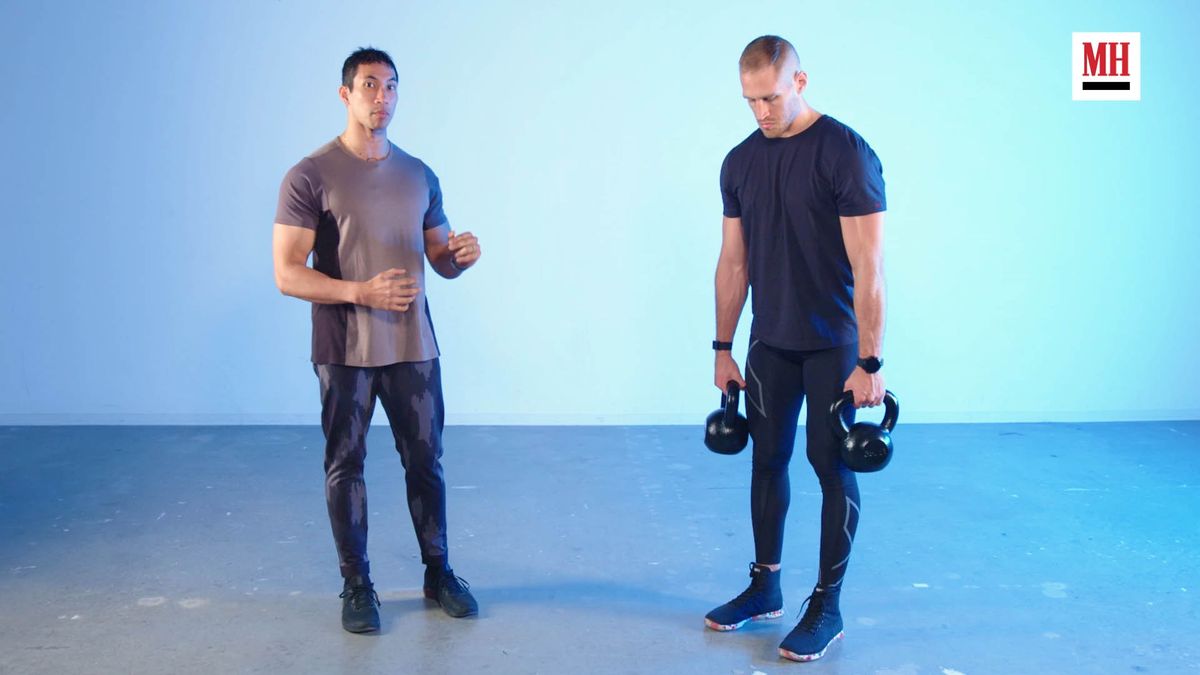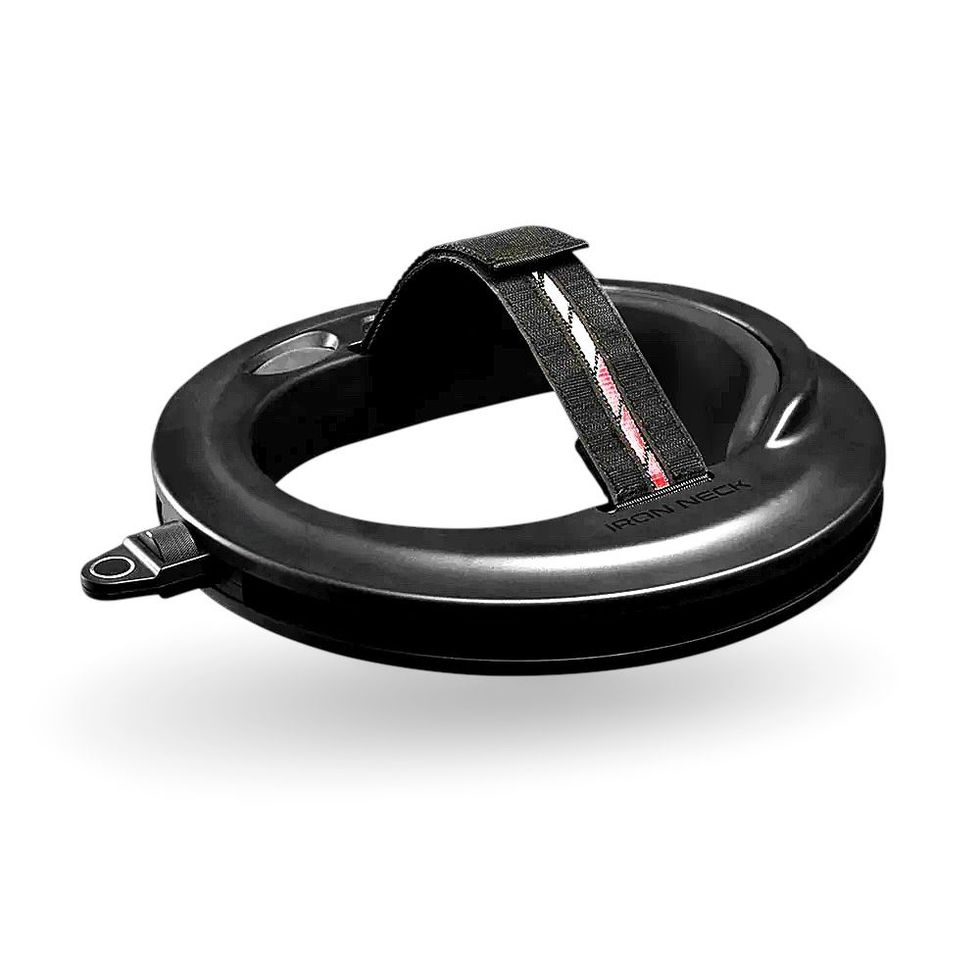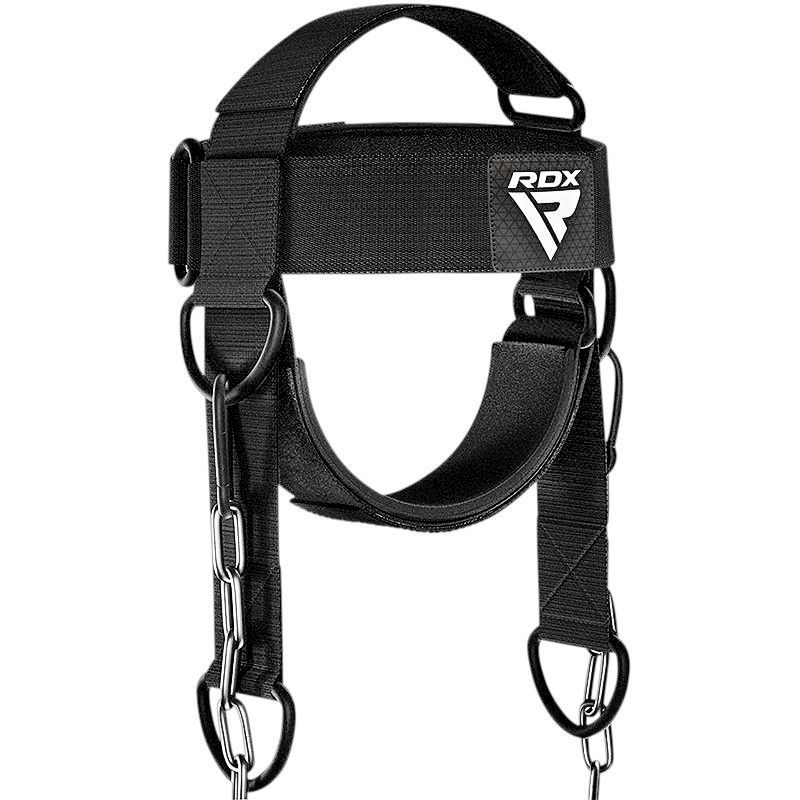BUILDING A YOKED NECK is the last thing most guys think about when they hit the gym. But a subset of guys—MMA fighters, football players, and boxers—have always understood the value of neck muscle. An ultra-thick neck (looking at you, Brock Lesnar) can stabilize your head when it absorbs impacts during combat sports.
But recent studies have shown that pencil-neck office guys (or anyone, really) need neck muscle, too. “A strong neck can offset how you crane your head forward to peer at a monitor all day,” says physical therapist Andy Wang, D.P.T., of Bespoke Treatments. “We’re seeing more guys with neck and shoulder complaints, and building neck muscle can help improve head and neck posture to alleviate some pain.”
It doesn’t take a full-on #neckday to get results, either; just a few moves can help you stand taller and alleviate certain back and shoulder issues. Use these tips to elevate your neck training.
What Exactly Do My Neck Muscles Do?
Your deep neck flexor muscles lie close to the vertebrae of your spine; these promote stability and control, essentially staying on all day to keep your head upright. They’re surrounded by your superficial neck muscles, which control your major movements, allowing you to nod and shake your head, as well as tilt it from side to side. It doesn’t take much to stimulate these muscles, says Wang. “Any neck exercises should be done slowly and without a ton of resistance and speed.”
A good way to escape that craned-forward “tech-neck” posture is by training on the floor: Lie with your back on the floor, the back of your head glued to the floor. From this position, nod slowly, as if you’re taking a peek at your feet, then relax back up. Do 10 reps 3 or 4 times a day.
Do My Neck Muscles Get Trained in My Regular Workouts?
Sort of. Advanced gym-goers are likely getting the neck-muscle work they need. But whether or not you train, you may also get counterproductive neck “work”—at work. “People doing desk jobs often suffer from forward-head posture,” Wang says. It can leave key neck flexors overstretched and weakened. This weakness might leave your neck feeling sore; in truth, the muscles need to get stronger.
The fix: chin tucks. Sit or stand tall and look straight ahead. Without tilting your chin down or up, gently glide it back, as if trying to create a double chin. Hold for 3 to 5 seconds. Do 8 to 10 reps 3 or 4 times throughout your day.
Should I Do Shrugs to Train My Neck Muscles?
The shrug—which has you holding dumbbells or a barbell at your hips, then pulling your shoulders toward your ears— is a classic neck move. It’s also overrated, says chiropractor Mike Wasilisin, D.C., founder of MoveU. Shrugs build your upper traps, pulling your shoulder blades upward—and that can lead to shoulder issues and neck tightness. To avoid neck pain, focus on relaxing your upper traps and pulling your shoulder blades down, first, and then together. Do this intentionally several times a day. (Wasilisin says you can even do this in your car.)
Too easy? Grab a kettlebell or dumbbell and do the halo exercise. Stand holding the bell at your chest with both hands. Rotate the weight clockwise around your head, keeping it close to your head and keeping your abs tight as you do this. Do 8 to 10 reps like this, then do 8 to 10 reps counterclockwise.
Can Bodyweight Exercises Build the Neck Strength I Need?
Yes. And if you want to get to the next level, you can begin to add weight, although Wang says you should take it light. Wasilisin adds that you should avoid doing weighted moves with your neck craned forward. Instead, pack your neck back, as if doing a chin tuck. From this position, you can do low-rep sets of neck tilts and rotations against resistance. Just grab a light resistance band, anchor it to something at eye level to the left, then loop it around your head, above your ear. Slowly tilt your head to the right, then return to the start. Think of doing 3 sets of 6 to 8 reps twice a week. Add even more challenge by doing this with the Iron Neck device (check it out below).
What About Neck Flexibility?
Truth be told, you don’t need to overstretch your neck. “Our necks need to be mobile enough for us to live the life we want,” says Wasilisin. That means being able to tilt your head to both sides, look up at the sky, and look down at your toes. This does require maintenance, but Wang says that can be easier than you think: Just get up from your desk a few times a day. “Taking breaks to move your head is amazing for the joint,” he says. “The spine is a robust structure that craves movement.” So stop reading and do that neck work!
Neck Training Lab
Pack on strength and muscle with this gear.
Iron Neck 3.0
Originally developed for boxers and MMA fighters, this device delivers resistance during head-rotating motions.
Visamen Neck Harness
This lets you load light weight to train neck extension motions.
Living.Fit Looped Resistance Band
A perfect budget tool for neck training. But start ultralight!
This story originally appears in the May/June 2023 issue of Men’s Health.






Comments are closed.